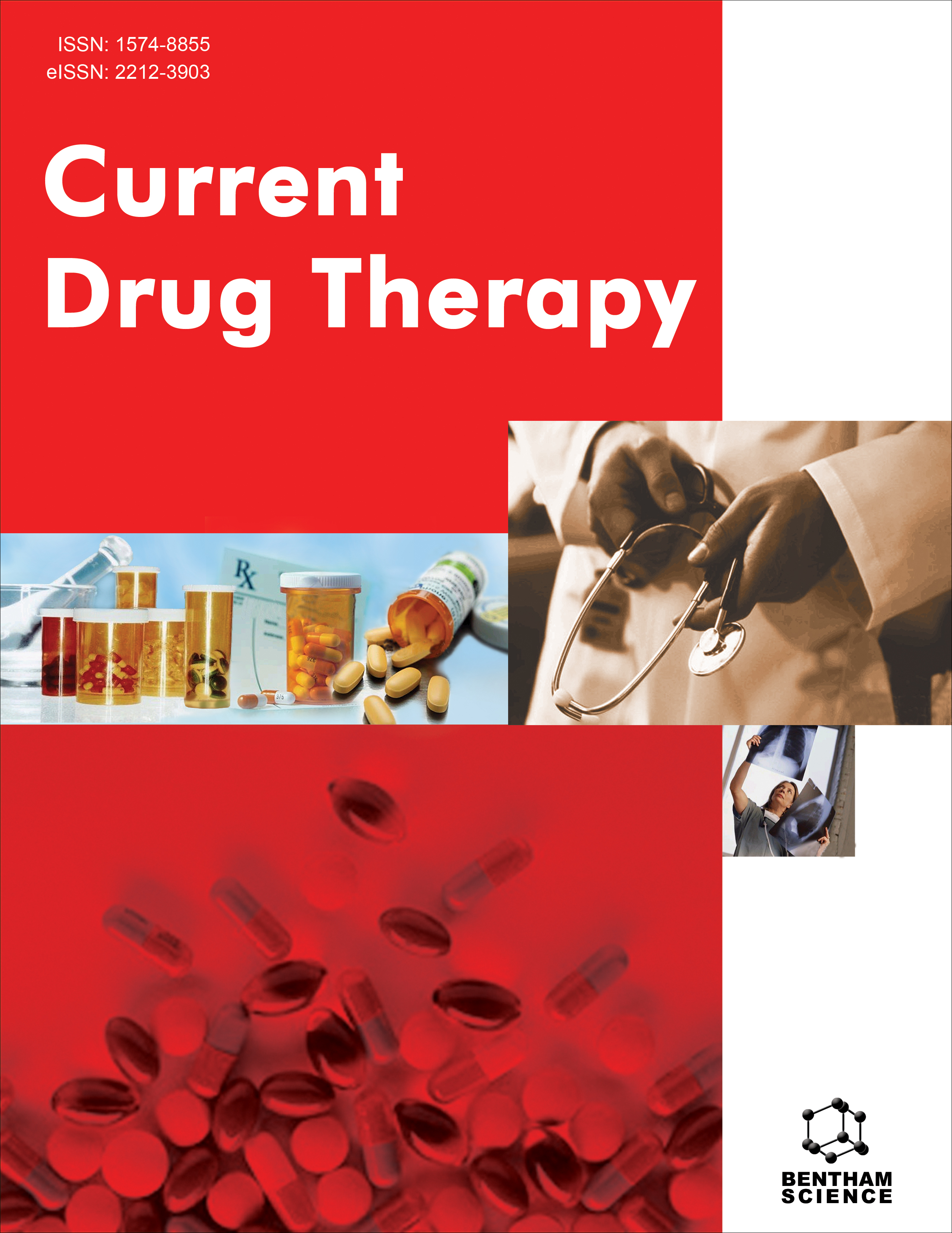
Full text loading...
We use cookies to track usage and preferences.I Understand
Epigenetic changes are important for controlling how genes are expressed and how cells work, and their misregulation has been linked to many diseases, including cancer. Targeting epigenetic modifiers has become a promising way to treat cancer, and it may also be useful outside of oncology. This review article goes into detail about the rapidly changing field of epigenetic-based therapies, with a focus on how they are used to treat cancer. We discuss in-depth the main epigenetic changes seen in cancer, such as DNA methylation, changes to histones, and dysregulation of non-coding RNA, as well as their roles in tumour growth, metastasis, and drug resistance. Epigenetic drugs and small molecule inhibitors that target epigenetic enzymes and reader proteins have shown a lot of promise in both preclinical and clinical studies on different types of cancer. We show the most recent evidence that these epigenetic therapies work and look into how they might be used in combination with other treatments. We talk about new research into the therapeutic potential of epigenetic modifiers in diseases other than cancer, such as neurological disorders, autoimmune diseases, and heart conditions. Even though there is a lot of potential for therapy, there are still problems, such as side effects and differences between patients. We talk about the work that is still being done to get around these problems and explain new ways to deliver epigenetic-based interventions that are more precise and effective. For epigenetic-based therapies to be used in clinical settings, it is important to understand how they work and how they interact with other types of treatment. As the field moves forward, we try to figure out where it is going and what it means to target epigenetic modifiers in cancer therapy and other areas of disease. This review looks at the role of epigenetic modulation in shaping the landscape of precision medicine and its possible effects on human health from a broad and forward-looking point of view.

Article metrics loading...

Full text loading...
References


Data & Media loading...

